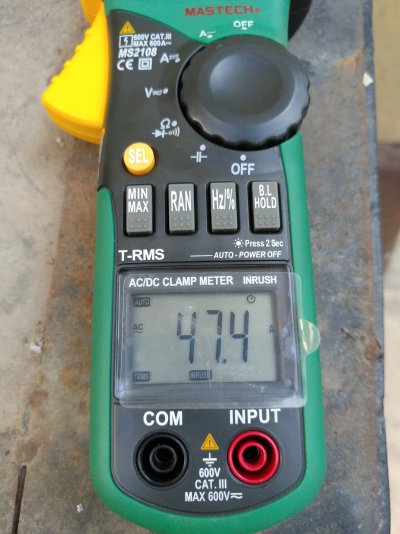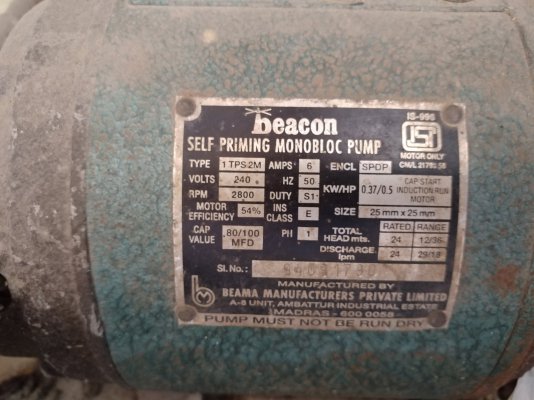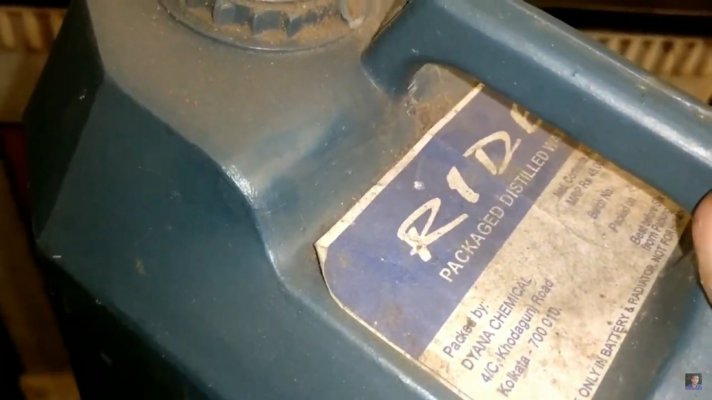You can see the back up chart from the flin model, that I posted (600w load is the closest reference for 500w load). I have had this debate inside my mind about the efficiency and the fact was that since the battery will be charged via solar only, it's irrelevant. You will only use the battery from evening till early morning and at night you would have discharged the battery until your predetermined SOC, the inverter would then switch to Mains bypass and power the load, you can either allow the AC to charge the battery or use solar only or combination of both to charge them. In Mains/bypass mode it consumes very little power. In day time it's going to powered by solar, so it doesn't really matter. Typically these inverters consume about 50w idle, my apc smart ups If I recollect correctly consumes around DC 1.6amps at 24v battery config, with zero load in battery mode and it consumes even more when it's in float charge with zero load.
A lead acid battery takes a total charge as much as 150% of its AH capacity to charge it to full. So when it's charged via solar it's free but when it's charged via Ac then it will cost more each time there is a power cut and you use the battery.
And that article is from 2006 and efficiency would have improved.
Also if you go for a inverter with 500w rating, then it will mostly work on a single 12v battery, as you know more batteries in series= better efficiency.
Having a high powered inverter means you can power up loads that have a high inrush current, like your water tank motor pump or even a regular 1 ton split ac. Not to mention that once you have solar, you may power On the Ac more often during day time, so extra power available will always help.
A lead acid battery takes a total charge as much as 150% of its AH capacity to charge it to full. So when it's charged via solar it's free but when it's charged via Ac then it will cost more each time there is a power cut and you use the battery.
And that article is from 2006 and efficiency would have improved.
Also if you go for a inverter with 500w rating, then it will mostly work on a single 12v battery, as you know more batteries in series= better efficiency.
Having a high powered inverter means you can power up loads that have a high inrush current, like your water tank motor pump or even a regular 1 ton split ac. Not to mention that once you have solar, you may power On the Ac more often during day time, so extra power available will always help.
Last edited:



 [DOUBLEPOST=1549404068][/DOUBLEPOST]Check this one out then. There's a little bit about the battery bank at 6:22
[DOUBLEPOST=1549404068][/DOUBLEPOST]Check this one out then. There's a little bit about the battery bank at 6:22






